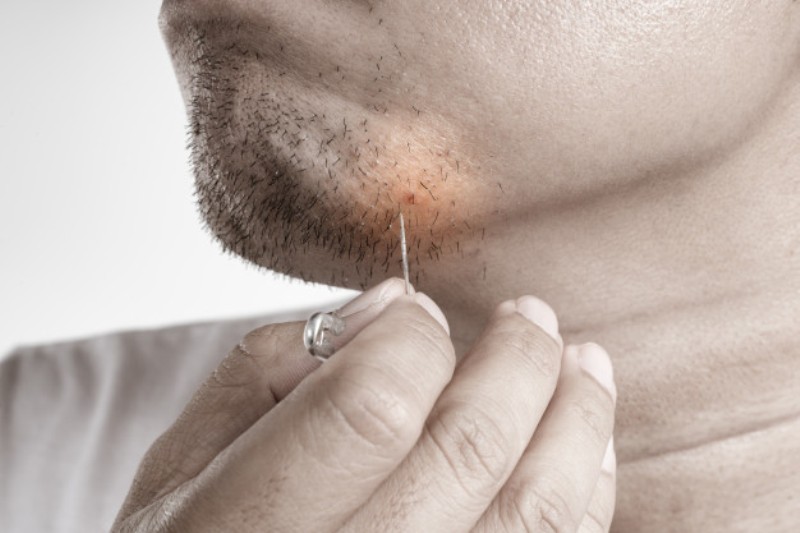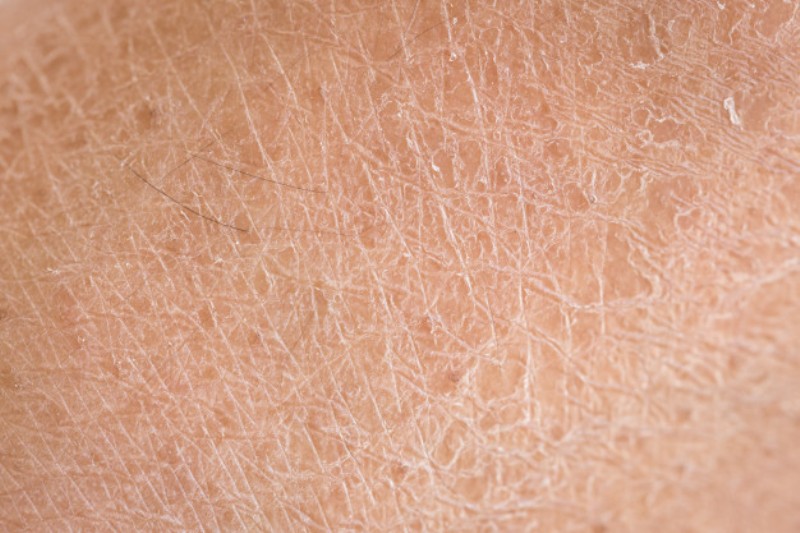Furuncle: Causes, Symptoms, and Treatments
Furuncles can be treated well by top homeopathy doctors in Hyderabad. They are like boils and can appear in any part of the body, not just the scalp.
Furuncle is another term for a “boil.” Boils are bacterial infections of hair follicles involving the surrounding tissue as well. The infected hair follicle can be on any part of one’s body, not only the scalp. Top homeopathy doctors in Hyderabad Can treat furuncles well.
The furuncle looks like a reddish, raised bump on one’s skin that is focused on a hair follicle. If ruptured, cloudy fluid or pus drains out.
Furuncles most commonly appear on one’s face, neck, thigh, and buttocks. Homeo doctors in Hyderabad are well versed in furuncles.
What to look for?
A furuncle may begin as a benign-looking bump on the skin, similar to a pimple. As the infection worsens, the boil becomes hard and painful.
The boil contains pus as a result of one’s body’s attempt to fight the infection. Pressure may also build-up, which may cause the furuncle to burst as well as release its fluids.
The pain can be at its worst right before the rupturing of the furuncle and is likely to improve after it drains.
Furuncles to start with are small in size but can increase to a size of over 2 inches. The skin around the infected hair follicle can become red, swollen, and tender. Scarring can also occur.
What causes furuncles?
Bacteria typically does cause a furuncle, the most common being Staphylococcus aureus, and this why furuncles can also be called staph infections. S. aureus normally resides in some areas of one’s skin.
S.aureus can lead to infection in case of breaks in the skin, such as a cut or a scratch. Once the bacteria invade, one’s immune system tries to fight them. The boil is the result of one’s white blood cells working to eliminate the bacteria.
A person may develop a boil if the immune system is compromised or if there is a medical condition that slows down the healing of one’s wounds.
Diabetes as well as eczema, a chronic skin disorder characterized by extremely dry, itchy skin, are two examples of chronic conditions that can increase the risk of getting a staph infection.
The risk can also increase if a person engages in close, personal contact with someone who already has a staph infection.
Treating furuncles
Many people do not need to see a doctor for treatment unless a boil remains large, un-ruptured, or very painful for over two weeks. Usually, a furuncle would have been drained and starts to heal within this time frame.
Treatment for stubborn furuncles usually includes steps to promote drainage as well as healing. Warm compresses do help speed up the rupturing of a furuncle. It is better to apply a warm, moist compress throughout the day to facilitate drainage.
Continue to apply warmth to provide both healings as well as pain relief after a boil has ruptured.
Wash one’s hands as well at the boil site with an antibacterial soap to avoid spreading the staph bacteria to other areas of one’s body.

Contact the doctor if the furuncle remains un-ruptured or if in severe pain. Antibiotics may be required as well as incision and drainage to clear the infection.
The doctor may try to manually drain the boil with sterile instruments in the office. Do not try to open it by oneself by squeezing, pricking, or cutting the boil. This can increase the risk of deeper infection as well as severe scarring.
Top homeopathy doctors in Hyderabad can deal with furuncles in the best possible manner.
Preventing furuncles
- Washing one’s hands often.
- Follow wound care instructions from one’s doctor, which may include gentle cleansing of wounds and keeping wounds covered with bandages.
- Avoid sharing personal items such as sheets, towels, clothing, or razors.
- Wash bedding in hot water to kill the bacteria.
- Avoiding contact with other people infected with staph or MRSA infections.








There are no comments